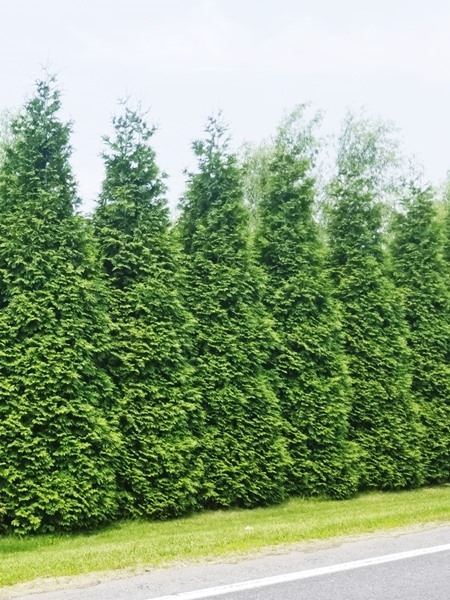uncategorized
Selecting the Right Trees to Plant
Tree specimens can offer a lifetime of beauty and benefits. Trees can live for many decades, and even for hundreds of years so you want to choose right the first time.
Trees add value to a property, and also provide food, shelter, wildlife habitat, wood, paper, windbreaks, security, shade, cooling, oxygen, privacy, color and beauty. Smart tree selections and good planting locations will provide you with many long term benefits.
According to the USDA Forest Service, trees properly placed around buildings can reduce air conditioning needs by up to 30 percent, and can save 20–50 percent in energy used for heating.

Good landscaping especially with trees, can also increase a property’s value by as much as 20%, according to Management Information Services/ICMA
Many factors go into tree selection and landscape design, including tree size, shape, color, flowering, bloom timing, seasonality, sun requirements, soil type and PH, habitat, drainage, uniqueness, beauty, etc.
The Morris Arboretum (Chicago) and the Botanic Gardens Conservation International (London) published a two year study on April 5, 2017 stating that there are an estimated 60,065 different tree species that exist in the world today.
Fortunately, we have access to possibly 400 commonly available tree species to choose from, so the selection process is a little easier. Most knowledgeable landscape designers, arborists, landscape architects, and landscapers know what grows and survives well in our area.
What are your tree objectives, and where are the trees going to be planted? In the Philadelphia region we are USDA zone 6/ 7 so you want to select trees that grow well in this zone. Do you want an evergreen variety, a deciduous flowering, or a shade tree? What is the available space where you are looking to plant trees? What are the soil, light and drainage conditions in that area?
The goal is to ‘plant the right trees in the right place’. It is challenging to imagine what trees will look like in 15 – 20 years. Future problems can be eliminated by not planting larger growing specimens too close to a building, other trees, or under power lines.
Some of the smaller ornamental trees like Eastern Redbud and Cornus florida Dogwoods grow best in areas protected from the northern winter winds. Other trees like Bradford Pear, Willow, Leyland Cypress, and White Pine are prone to wind, snow, and storm damage, when they are larger.
Is the soil acidic or alkaline, and is it well drained? A soil’s porosity affects the amount of water and oxygen available to the roots. Some trees like Stewartia’s and Japanese maples do not tolerate heavy clay soils or wet feet.
American Sycamores, River Birch, and Willows thrive in wetter soils. Red maples will tolerate medium clay and wetter soils, whereas Japanese maples generally will not.
There are many beautiful tree species to choose from that flourish very well in our area. Your goal is to plant the right trees in the right places.
The best and fastest way to find the best trees would be to look at our online catalog now to make educated choices for yourself. We are a local grower, and we deliver.
www.BrandywineTrees.com
Tags: selecting the right tree, landscaping trees, picking a tree, selecting a tree, trees, yard trees, best trees
